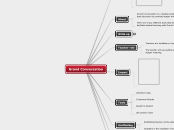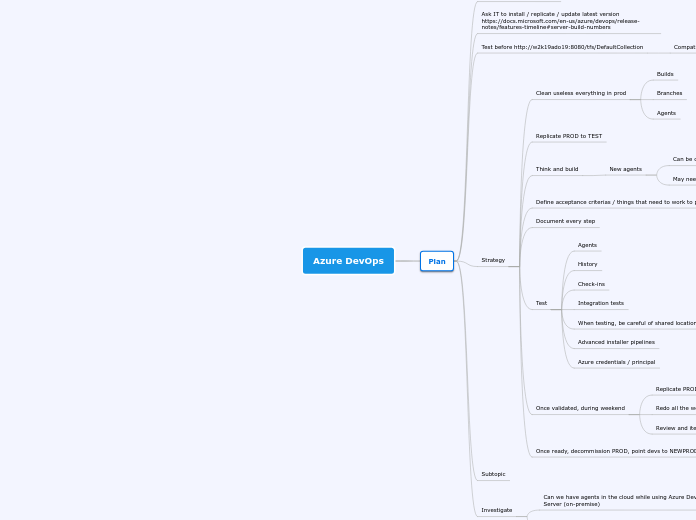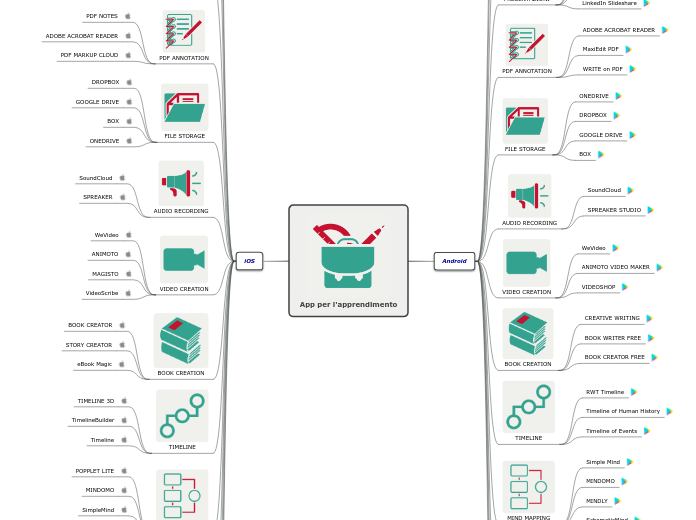Grand Conversation
Origins
According to my research, you cannot pinpoint the program on one specific person, however it is founded on the basis of scaffolding.
Referenes
Capacity Building Series. (2011, April 1). RetrievedSeptember 30, 2014, from
http://www.edu.gov.on.ca/eng/literacynumeracy/inspire/research/cbs_grand_conversations.pdf
McGee, I., & Parra, A. (n.d.). Grand Conversations inthe Classroom A
Presentationfor the 2009 National Reading Recovery & K‐6 Classroom
LiteracyConference. Retrieved September 30, 2014.
Tompkins, G.(2010). Literacy for the 21stCentury: A Balanced Approach. Pearson
Education,Inc. pg. 436
Vinton, V., (2014, April). The Secret to Teaching Poetry:Focusing on Feelings.Retrieved September30, 2014. https://tomakeaprairie.wordpress.com/tag/quotes/
Wilkinson, L.C., &Silliman, E.R. (2001, February). Classroom language and literacy
learning. ReadingOnline, 4(7). Available: http://www.readingonline.org/articles/art_index.asp?HREF=/articles/handbook/wilkinson/index.html
Scaffolding
Vygotsky is the originator of scaffolding
Scaffolding teacher will be able to use grand conversation
Tools
Life Lesson Chart
Sketch to Stretch
Consensus Boards
Literature Logs
Impact
Teacher role
The teacher will use guiding questions to help produce a deeper meaning.
Teachers are facilitators of grand conversation
Write up
GrandConversation is a reading strategy in which students lead discussion to promotedeeper thinking. The students will read a story and the ask questions, discusstheir feelings, and realize the deeper meaning of the story from differentinteractions with each other (McGee & Parra). There are many differenttools that teachers can use to facilitate student learning with GrandConversation such as literature logs, consensus boards, sketch-to-stretch, anda life lessons chart (McGee & Parra). Grand conversation can also be usedduring scaffolding. Vygostky believed that scaffolding plays an important roleduring language and literacy learning (Wilkinson & Silliman, 2001). Ascaffolding teacher will use grand conversation as an instructional tool foroverlapping different roles as a learner. Selecting a text is one of the mostimportant parts of Grand Conversation. The teacher must select a case deepenough to stimulate dynamic conversation amongst the students. During thelesson, the teacher will also need to model how to begin the conversations. Itis imporatant to keep in mind that teachers are facilitators in GrandConversation, asking questions that stimulate deeper thinking such as “What doyou think the author wants us to think?”, “Are you like any of the characters?In what ways?” (Capacity Building Series, 2011).
About
There are many different tools that teachers can use to facilitate student learning with Grand Conversation
Grand Conversation is a reading strategy in which students lead discussion to promote deeper thinking
Steps









